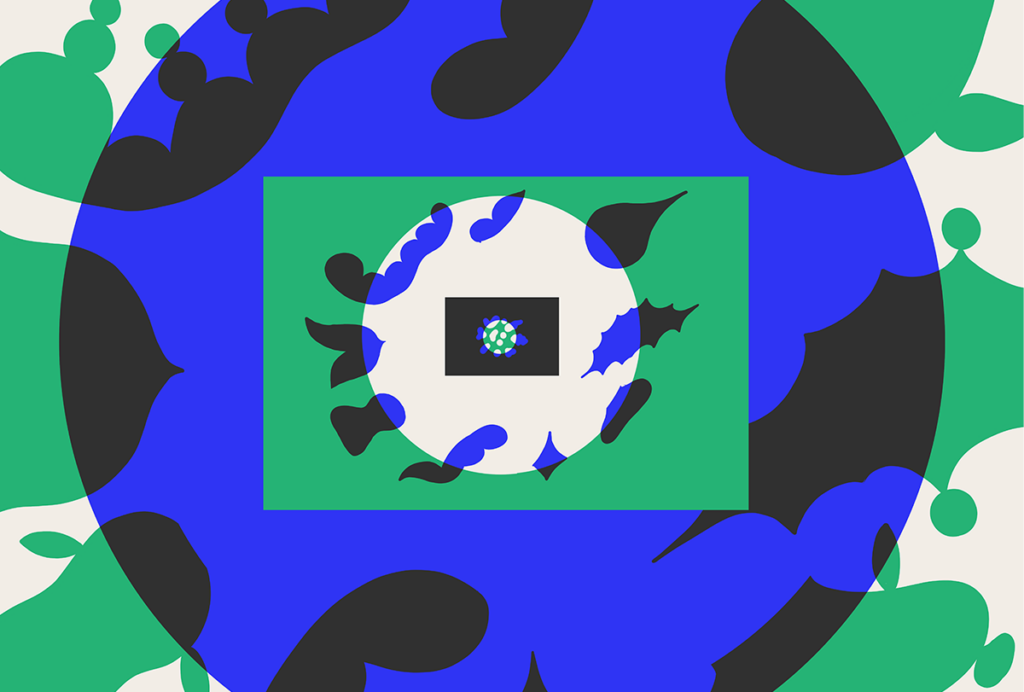The Transmitter: Neuroscience News and Perspectives
Featured

Some facial expressions are less reflexive than previously thought

Cracking the neural code for emotional states
Neuro’s ark: How goats can model neurodegeneration
Today’s action potentials
”The brain mechanisms underlying cognition and emotion might actually be more closely related than people have thought. — DAVID ANDERSON, PROFESSOR OF BIOLOGY, CALIFORNIA INSTITUTE OF TECHNOLOGY

Not playing around: Why neuroscience needs toy models

AI-assisted coding: 10 simple rules to maintain scientific rigor

How basic neuroscience has paved the path to new drugs

New organoid atlas unveils four neurodevelopmental signatures

Neuroscience’s leaders, legacies and rising stars of 2025

The Transmitter’s top news articles of 2025
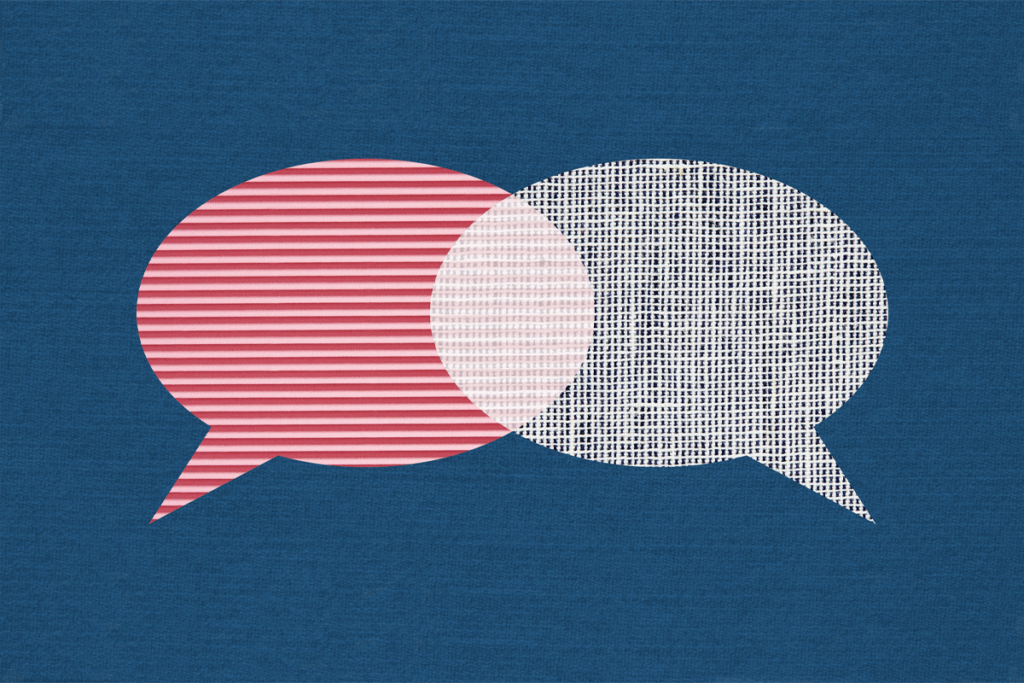
Talking shop: The Transmitter’s top quotes of 2025

The Transmitter’s favorite essays of 2025

Frameshift: Shari Wiseman reflects on her pivot from science to publishing
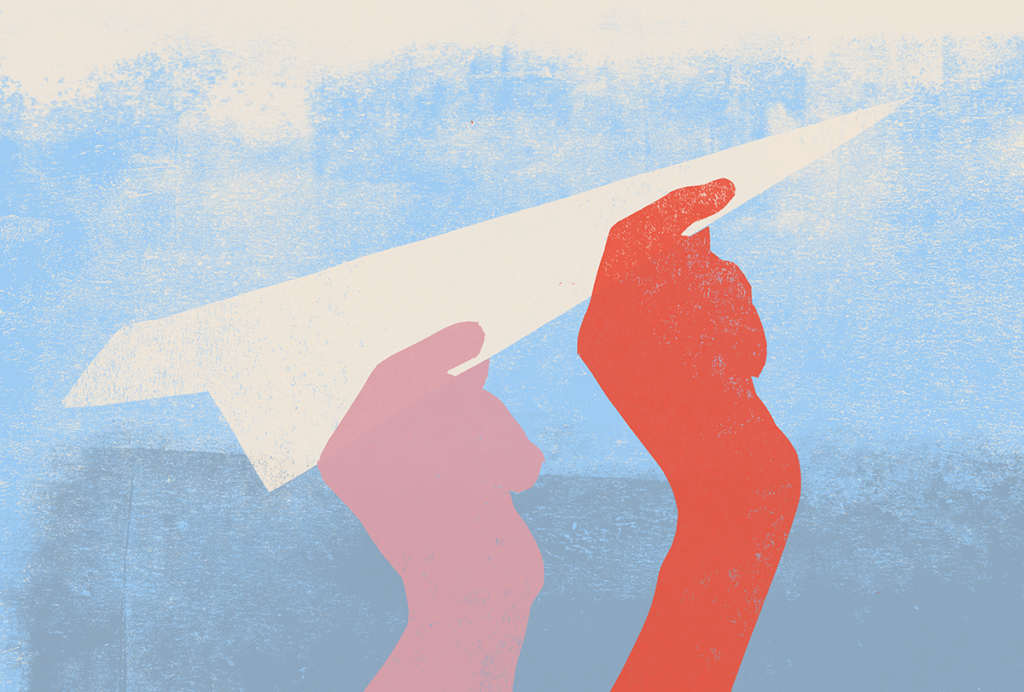
How will neuroscience training need to change in the future?

Tracing neuroscience’s family tree to track its growth

The state of neuroscience in 2025: An overview
The Transmitter presents a portrait of the field through four lenses: its focus, its output, its people and its funding.

New questions around motor neurons and plasticity
A researcher’s theory hangs muscle degeneration on a broken neural circuit.

The Transmitter’s most-read neuroscience book excerpts of 2025
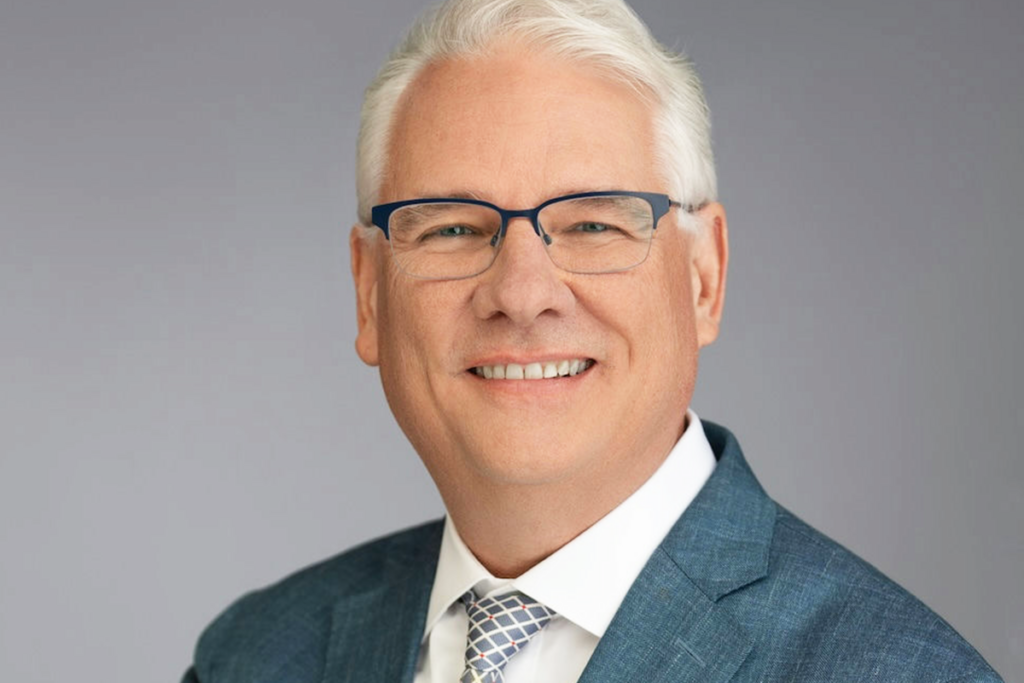
A change at the top of SfN as neuroscientists gather in San Diego

What are the most-cited neuroscience papers from the past 30 years?

The Transmitter ’s Rising Stars of Neuroscience 2025
We recognize the outstanding achievements of 25 neuroscientists who stand to shape the field for years to come.

The Transmitter’s New Lab Directory

Diving in with Nachum Ulanovsky
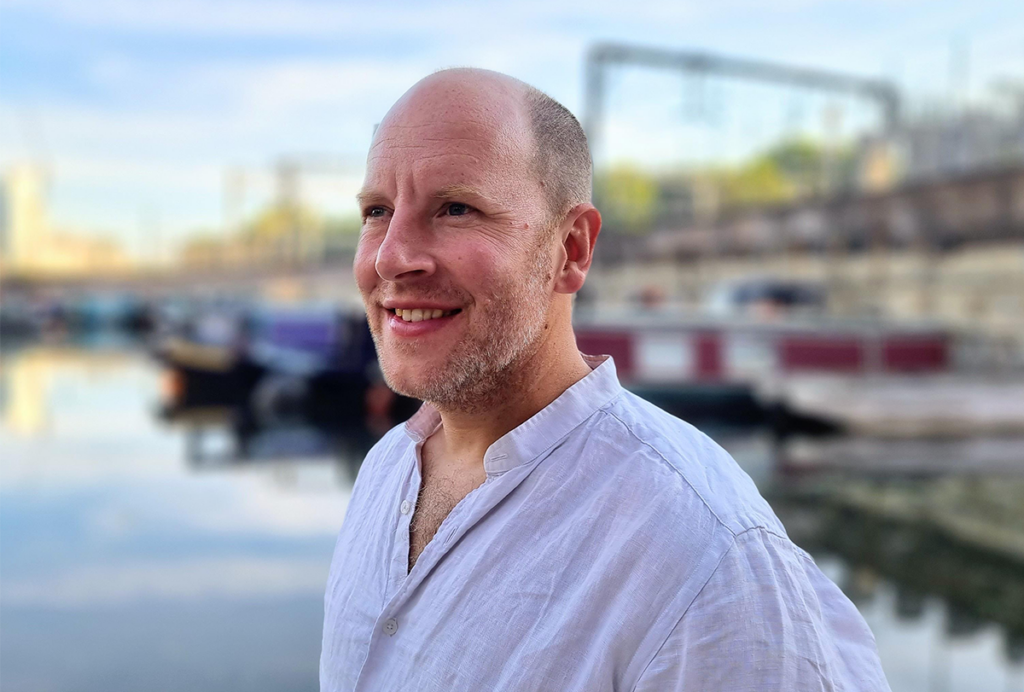
Remembering Adam Kampff, neuroscience educator and researcher
Psilocybin rewires specific mouse cortical networks in lasting ways

What are the fastest-growing areas in neuroscience?
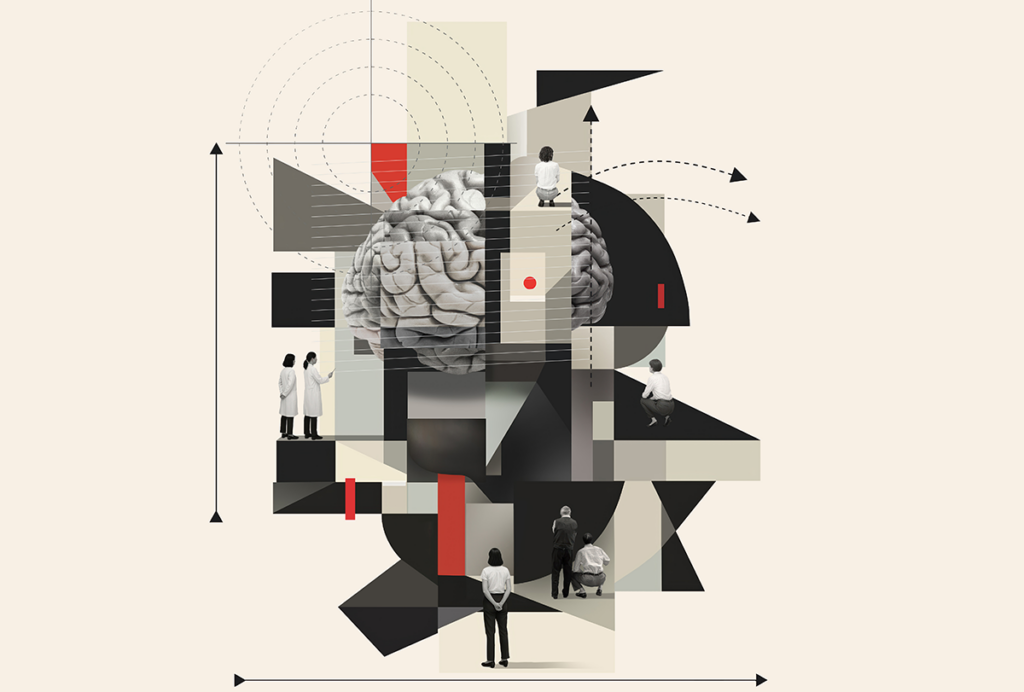
Neuroscience needs engineers—for more reasons than you think
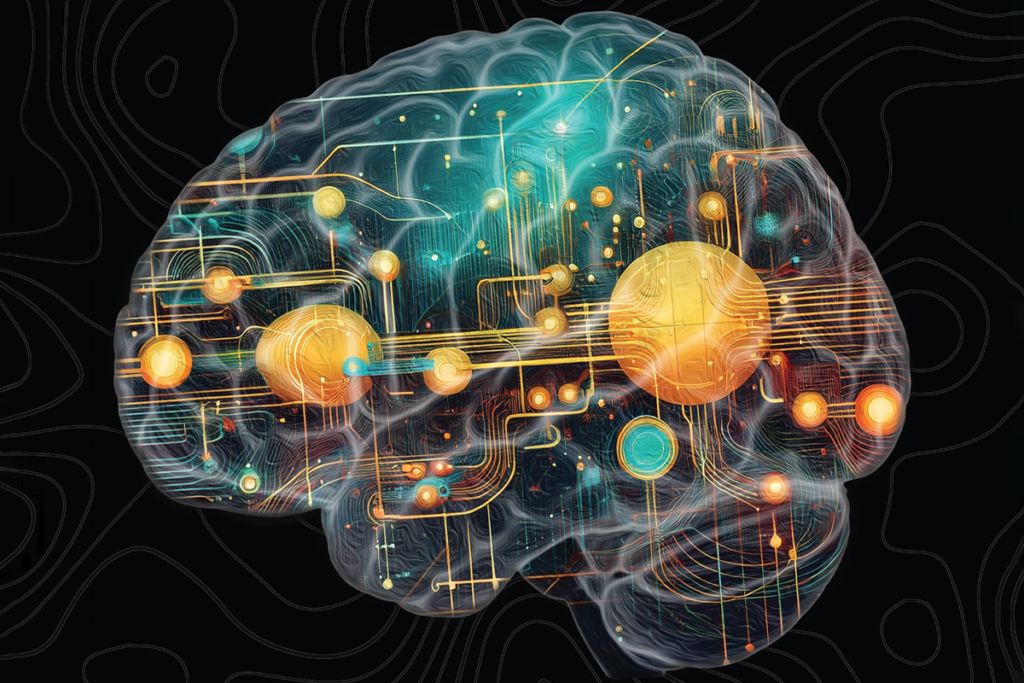
‘Wired for Words: The Neural Architecture of Language,’ an excerpt

‘Neuroethics: The Implications of Mapping and Changing the Brain,’ an excerpt

‘How to Change a Memory: One Neuroscientist’s Quest to Alter the Past,’ an excerpt

The visual system’s lingering mystery: Connecting neural activity and perception
Figuring out how the brain uses information from visual neurons may require new tools. I asked 10 neuroscientists what experimental and conceptual methods they think we’re missing.

One year of FlyWire: How the resource is redefining Drosophila research
We asked nine neuroscientists how they are using FlyWire data in their labs, how the connectome has transformed the field and what new tools they would like to see in the future.




